The Cozy Season Reset: A No-Nonsense Guide to a Safer, Healthier Home
When the weather starts to turn and we all retreat indoors, our homes change. The windows close, the heat kicks on, and suddenly we’re living in a sealed-up environment. It’s the perfect time for a special kind of seasonal reset, and I’m not talking about just tidying up for guests.
In this article
After years of helping folks declutter, I’ve seen it all. People call me about surface-level mess, but the real problems are usually hidden. I’m talking about expired prescriptions tucked away, pantries that are an open invitation for pests, or old electronics quietly leaking battery acid in a closet. So, this guide is about tackling those hidden risks. It’s a step-by-step audit to make sure your home is a safe, healthy, and genuinely peaceful place to be for the next several months.
First Stop: The Medicine Cabinet Health & Safety Audit
We’re starting with the most critical spot because, honestly, the stakes are highest here. This isn’t just about clutter; it’s a vital safety check. And good news: it’s a quick win. You can probably get this done in under 30 minutes.
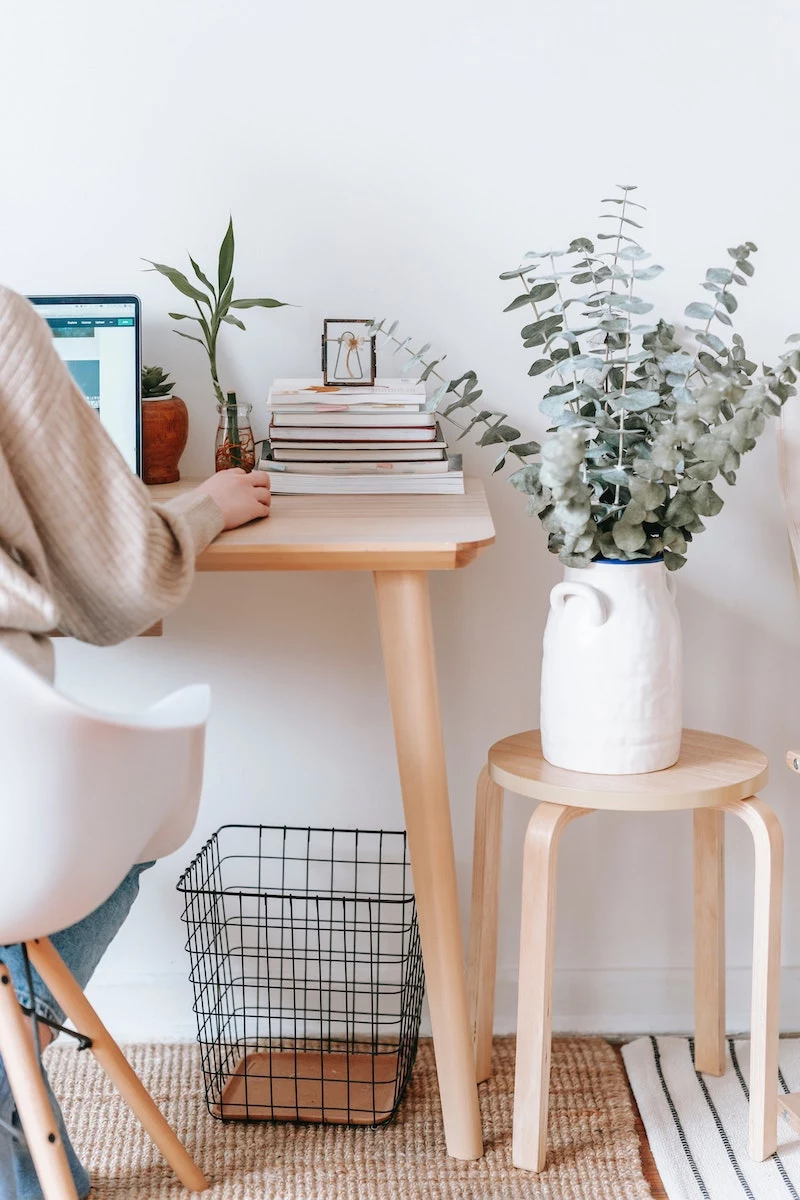
What you’ll need: A trash bag, a marker, and maybe a small box.
Why Meds Even Have Expiration Dates
That date on the bottle isn’t just a suggestion from the manufacturer. It’s a guarantee of the medicine’s full strength and safety. Once that date passes, the chemical compounds can start to break down, making them less effective. Think about it: an antibiotic that’s lost its punch isn’t going to knock out an infection, which could make you even sicker. In some rare cases, old medicines can even degrade into harmful substances.
By the way, your steamy bathroom is probably the WORST place to store medicine. The constant heat and humidity can speed up that breakdown process. A cool, dry linen closet is a much better choice.
The Yearly Review System
Once a year, pull every single thing out of your medicine cabinet. Every bottle, tube, and box. Make three piles: Keep, Discard, and Unsure.
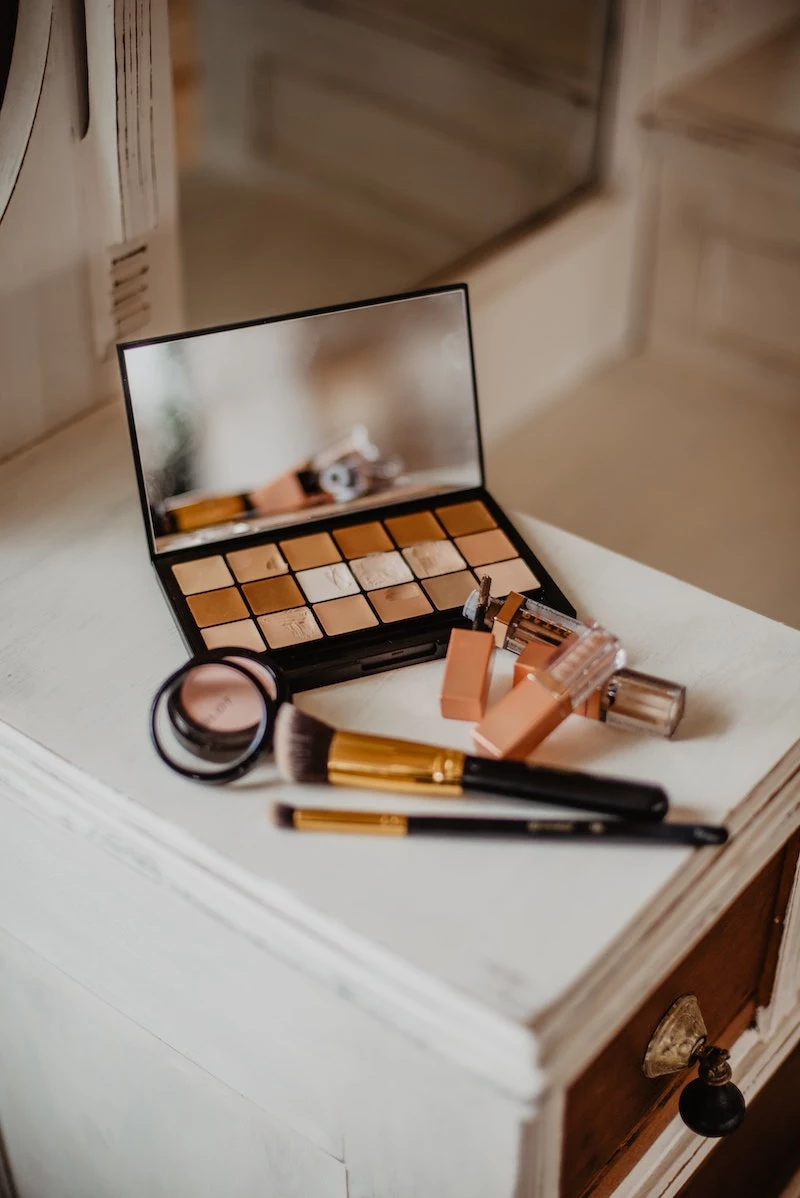
Check the expiration date on every item. Anything past its prime goes straight into the Discard pile. Also, use your senses. Has that cream separated or changed color? Does a pill look crumbly? If it looks off, it’s out, even if it’s technically not expired. Any leftover prescriptions from a past illness, like painkillers from a surgery or an old course of antibiotics, should also be discarded. Keeping them around is just an accident waiting to happen, especially with kids or pets in the house.
So, what about that ‘Unsure’ pile? If it’s a prescription, a quick call to your pharmacist is the best way to get a straight answer. For over-the-counter stuff, try my ‘probation box’ trick. Put the items in a small box, label it with today’s date, and stick it in a closet. If you haven’t needed it in six months, you can confidently let it go.
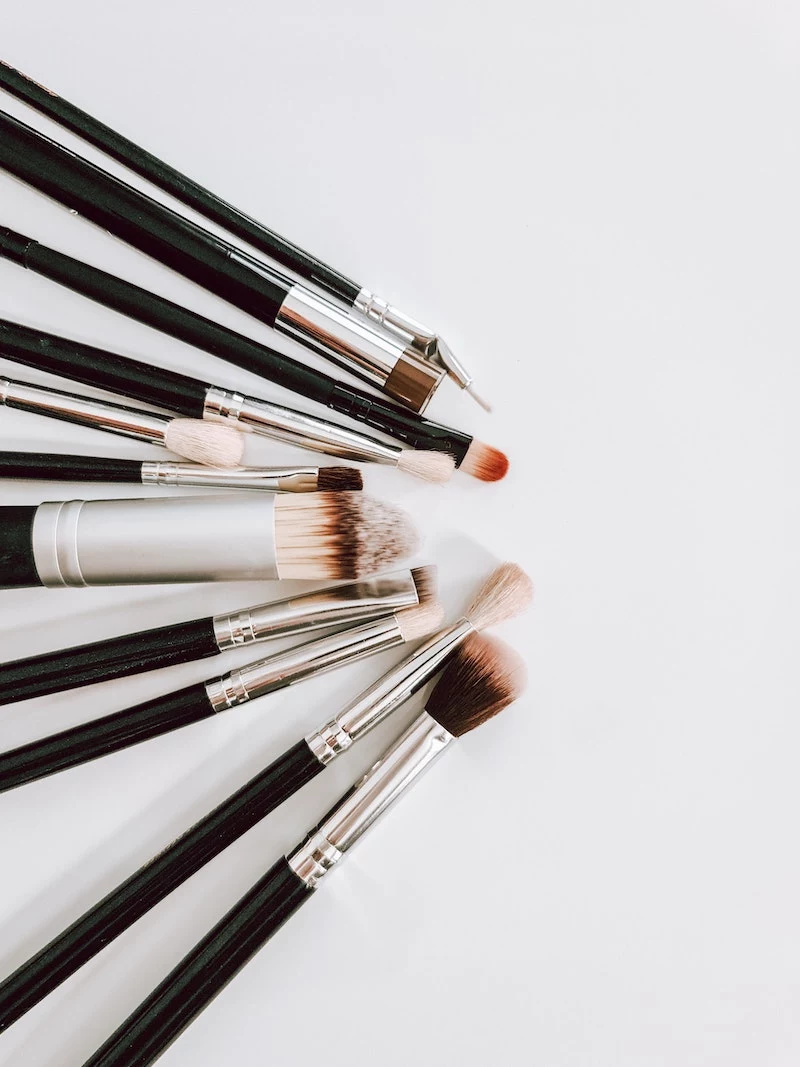
How to Get Rid of Old Medicine the Right Way
This is where so many people stumble. Please, do not just flush meds down the toilet or toss them in the trash. Flushing can contaminate water supplies, and throwing them in the bin creates a risk for pets, kids, or anyone else who might go through the garbage.
Here’s the proper way to handle it:
- The Best Option: A Take-Back Program. This is the gold standard. Many pharmacies, hospitals, and even police stations have secure, anonymous drop-boxes. You can just search online for “DEA drug take back near me” to find a location. They even host national take-back days twice a year.
- If a Program Isn’t Available: For most non-prescription pills and liquids, you can use the trash if you do it carefully. Take the medicine out of its original container. Mix it with something gross and unappealing, like used coffee grounds, dirt, or cat litter. Then, put that mixture in a sealed plastic bag or container before tossing it. This makes it less likely to be accidentally ingested.
- A Note on Other Meds: Inhalers can be tricky since they are pressurized; it’s best to check with your local trash and recycling facility for guidance. For sharps like needles and lancets, NEVER throw them in the regular trash. You’ll need an FDA-cleared sharps container, which you can buy at most pharmacies for around $5-$10. They can also advise you on proper disposal.
And don’t forget to scratch out all your personal info on the prescription labels before you throw the empty bottles away!
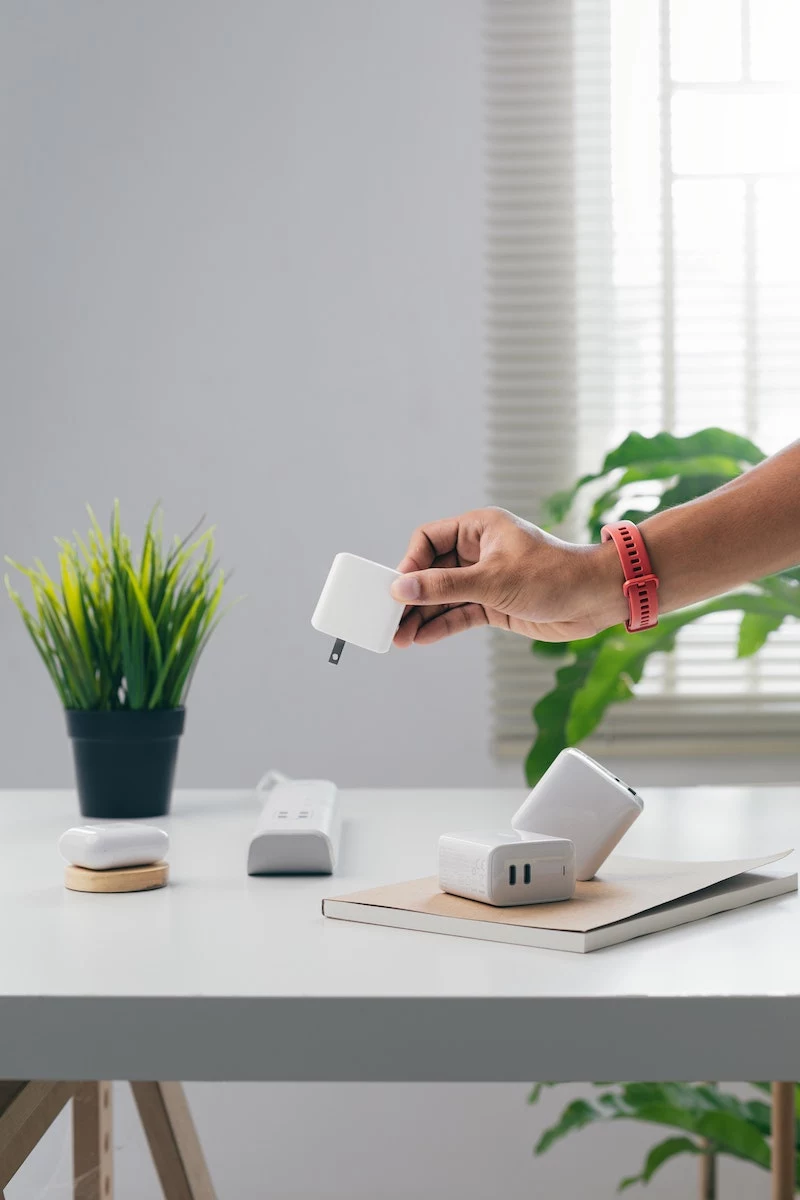
Next Up: The Pantry Refresh for Pest-Free Eating
Your pantry is the next stop. An autumn clear-out is crucial for food quality and, more importantly, pest prevention. As you seal up your home for the winter, you don’t want to be sealing pests in with you.
What you’ll need: A trash can, a recycling bin, a damp cloth for wiping shelves, and airtight containers.
Okay, before we dive in, let’s do a quick challenge. Pause reading. Walk to your spice rack, find the oldest thing in there, and toss it. Done? Awesome, you’ve already started!
The Science of Stale Food
Spices get their amazing flavor and aroma from volatile oils. Over time, those oils evaporate, leaving you with, well, colorful dust. It won’t hurt you, but it won’t make your food taste good, either.
As a general rule of thumb for spices:
- Ground spices (like cumin, paprika): Good for about 1-2 years.
- Whole spices (like peppercorns, cloves): Can last longer, maybe 3-4 years.
- Dried herbs (like oregano, basil): Give you about 1-3 years before they lose their magic.
Canned goods are a different beast. A deep dent (especially on a seam), serious rust, or a bulging lid are all major red flags. A bulging lid can be a sign of botulism, which is incredibly serious. When in doubt, throw it out. Never taste-test a suspicious can.

Pro-Level Pantry Management
The pros live by a simple rule: FIFO, or First In, First Out. When you buy new groceries, put them behind the ones you already have. This tiny habit ensures you use up the older stuff first.
My biggest tip? Invest in clear, airtight containers for dry goods like flour, sugar, and pasta. They protect your food from going stale and, more importantly, from pests. Those pesky pantry moths can chew right through cardboard boxes and thin plastic bags. If your food is in sealed containers, an infestation is contained to one bin instead of your entire pantry.
Let’s talk budget. You can absolutely go for a high-end set of glass or OXO Pop containers, which might set you back $100 or more. But to be frank, a simple set of airtight acrylic or plastic containers from Target, Walmart, or Amazon for $30-$50 works just as well. The goal is the seal, not a feature in a magazine.
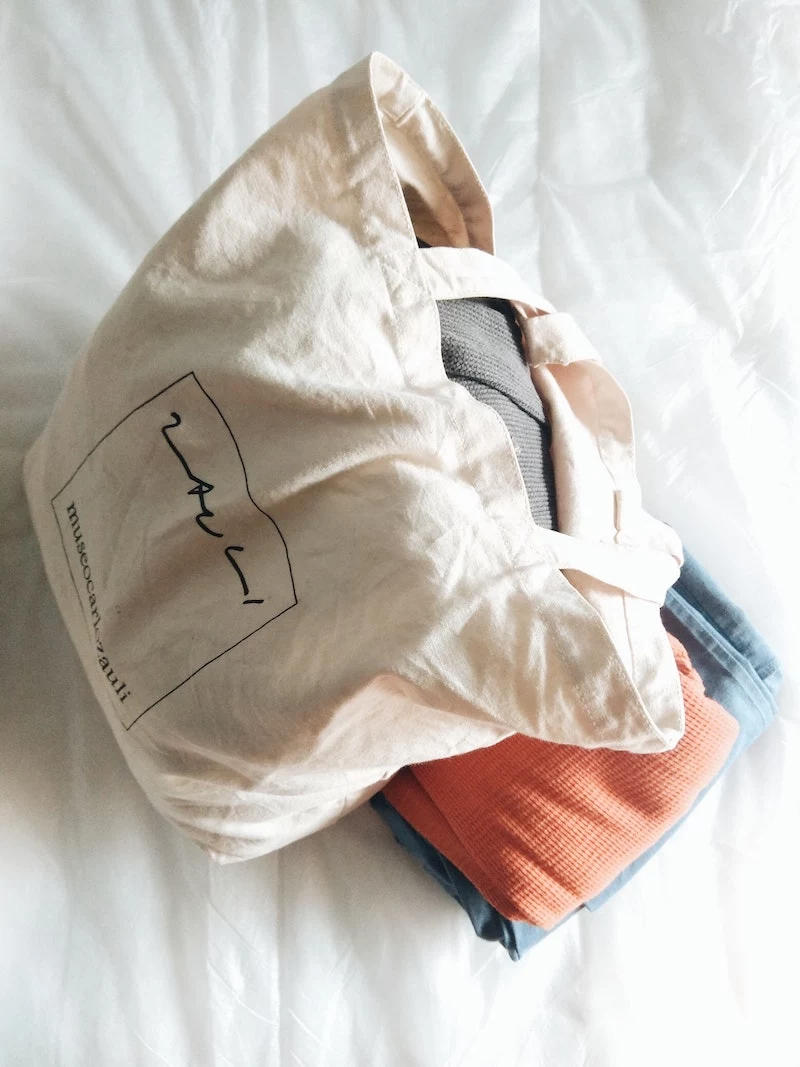
Final Task: The Personal Care & Cosmetics Reset
Just like food and medicine, the stuff you put on your skin has a shelf life. Using old products isn’t just ineffective; it can cause skin irritation, breakouts, and even infections. This should be a quick one—plan for maybe 20 minutes.
What you’ll need: Just a trash bag and a discerning eye.
The Ticking Clock on Your Counter
Ever notice that tiny symbol on your makeup that looks like an open jar with a number like “12M” or “6M” inside? That’s the Period After Opening (PAO) symbol. It’s not a suggestion. It tells you exactly how many months the product is safe and effective after you’ve opened it and exposed it to air and bacteria.
Here are some hard and fast rules to follow:
- Eye Products: Mascara and liquid eyeliner have a zero-tolerance policy. Toss them after 3 months. The risk of a nasty eye infection is way too high to mess around.
- Face Products: Liquid foundation and concealer usually last about 12 months. If the color, texture, or smell changes, it’s done. Powders like blush and bronzer can last much longer, often up to 2 years.
- Sunscreen: This one is a big deal. Sunscreen has a firm expiration date printed on it for a reason. After that date, the active ingredients are no longer effective, meaning you’re not getting the sun protection you think you are. Don’t risk it!
And there you have it! By taking an afternoon to tackle these three key areas, you’re not just organizing—you’re making your home a safer, healthier sanctuary for the entire indoor season. Now go enjoy that cozy, clutter-free peace of mind.
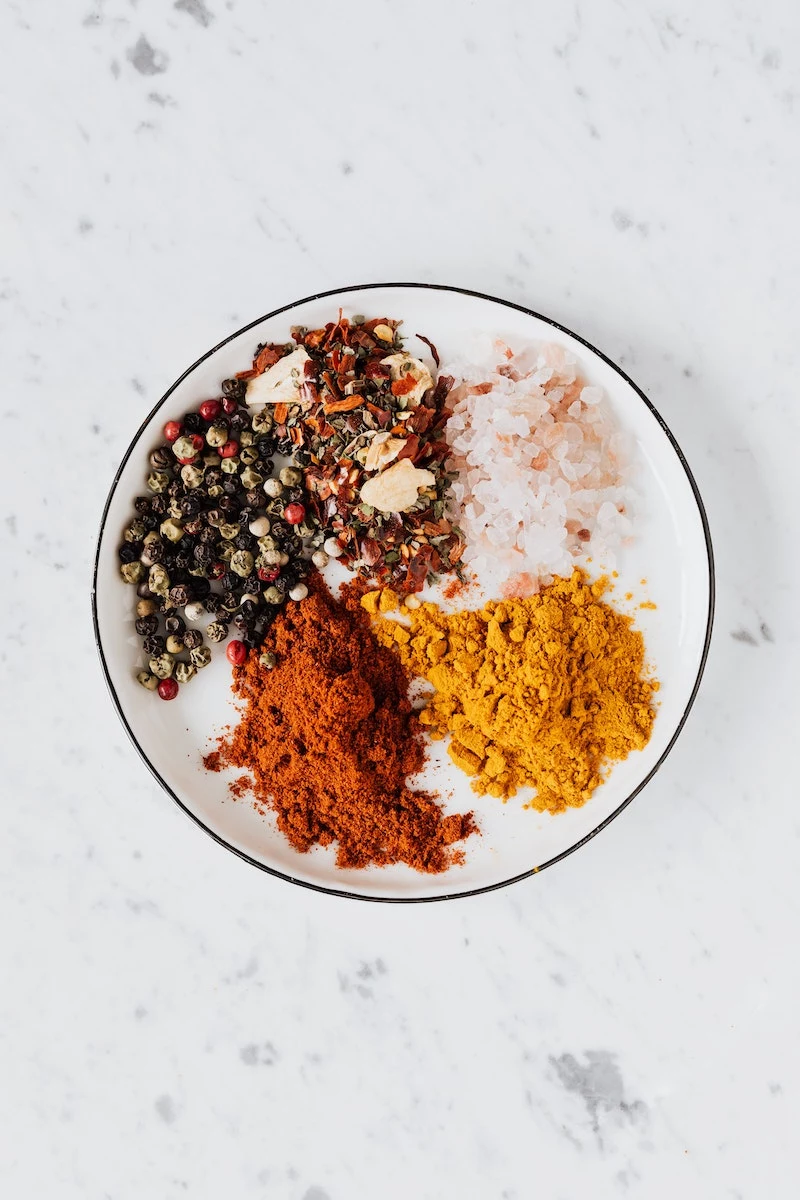
Inspirational Gallery
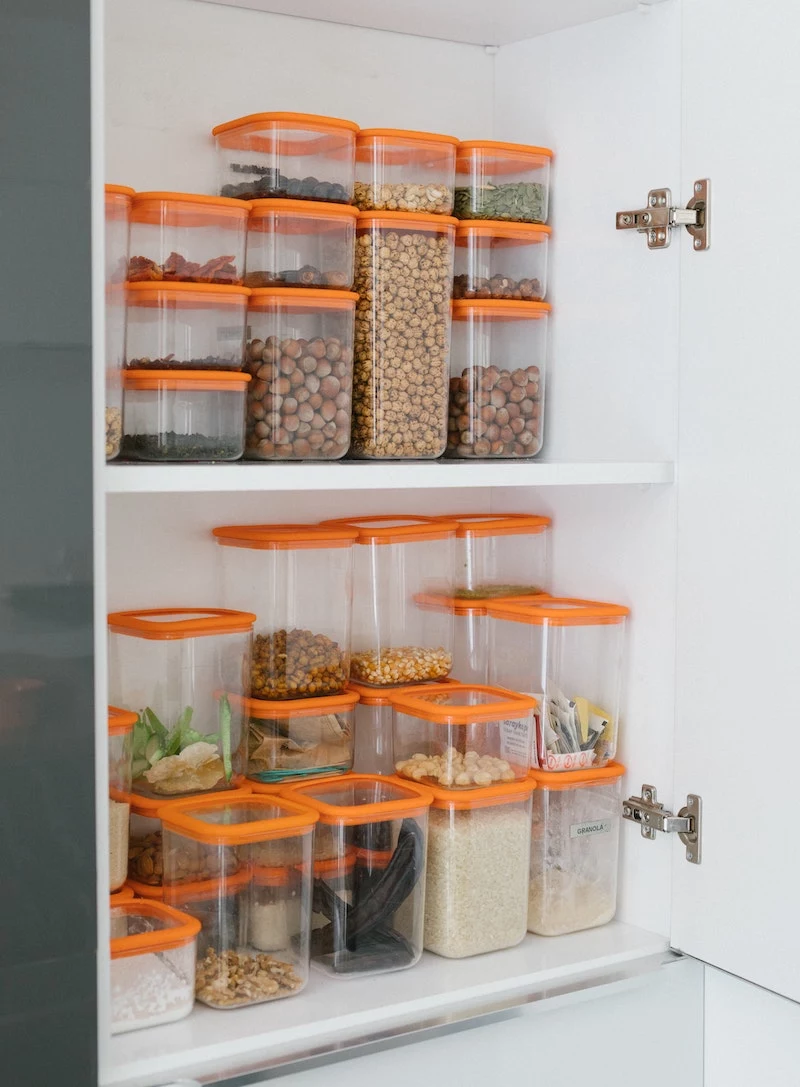
According to the U.S. Environmental Protection Agency (EPA), the air inside a typical home can be two to five times more polluted than the air outside.
When you seal your windows for the cozy season, you’re also trapping Volatile Organic Compounds (VOCs) released by everyday items. That “clean” scent from your favorite plug-in air freshener or paraffin-based candle? It’s likely a source of these pollutants. For a genuinely healthier atmosphere, make a few simple swaps. Ditch the synthetic fragrances for a stovetop simmer pot with cinnamon and orange peels. Trade paraffin candles for ones made of beeswax or soy. Check your cleaning supplies for harsh chemicals and consider switching to plant-based brands like Ecover or Seventh Generation for a home that doesn’t just look clean, but feels it too.










